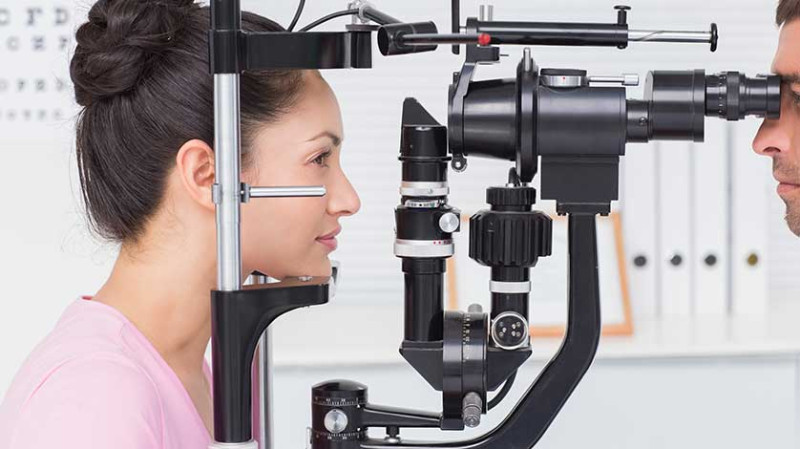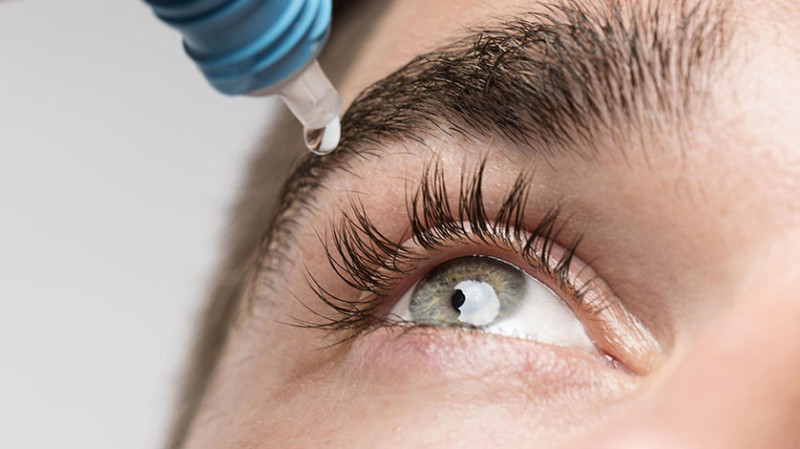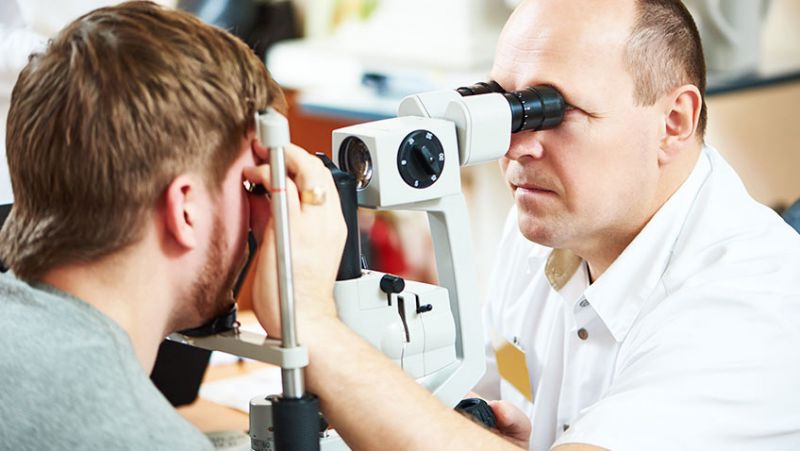
Cosmetic eye and eyelid surgery, also known as blepharoplasty, is becoming increasingly popular among individuals looking to rejuvenate their appearance or correct signs of ageing around the eyes. Whether motivated by aesthetic desires or medical concerns, many patients are seeking this straightforward yet transformative procedure to achieve a refreshed and youthful look.
This type of cosmetic surgery targets the delicate and expressive area around the eyes, which is often one of the first places to show signs of fatigue, ageing, or lifestyle stress. Thanks to advancements in medical technology and the use of 3D medical animation for better patient understanding, individuals can now visualise how the procedure works and what they can expect from it - even before stepping into the clinic.
In this guide, we explore what cosmetic eye and eyelid surgery involves, who is an ideal candidate, and how it's changing thanks to 3D animation and modern surgical techniques. This post is ideal for those looking to better understand the options available to them in the UK, whether they're a fashion-conscious young professional, a design-savvy architect, or anyone keen on improving facial symmetry and eye aesthetics.
What Is Cosmetic Eye and Eyelid Surgery?
Cosmetic eye and eyelid surgery, or blepharoplasty, is a procedure that addresses issues such as droopy upper eyelids, under-eye bags, puffiness, and excess skin or fat deposits. It's a delicate surgical intervention that focuses on removing or repositioning skin and fat around the eyes to enhance their appearance.
There are two types of eyelid surgeries: upper eyelid surgery and lower eyelid surgery. The upper eyelid procedure typically removes sagging skin that can even interfere with peripheral vision, while the lower eyelid surgery focuses more on smoothing out puffiness and tightening the skin beneath the eyes.
The procedure is often done under local anaesthesia, with minimal downtime and a relatively fast recovery time. In some cases, it may be combined with other treatments like brow lifts or laser skin resurfacing for a more complete rejuvenation.
More recently, surgeons have been using 3D medical animation during consultations to help patients visualise the exact areas that will be treated. This not only builds trust and helps to set clearer expectations but also empowers patients to make informed decisions.
The Role of 3D Medical Animation in Modern Cosmetic Surgery
One of the most exciting advancements in cosmetic surgery is the integration of 3D medical animation. This technology allows surgeons to present detailed, realistic visualisations of procedures in action, providing patients with a better understanding than ever before of what the surgery involves.
Before 3D animations became mainstream, patients had to rely on drawn diagrams or vague descriptions during their consultations. Today, you can sit down with a surgeon and view a high-definition animation that clearly shows how fat is removed or repositioned, how incisions are made, and how the tissue is sutured back together.
These animations are particularly useful for complex cases, or when patients are considering combining procedures. For example, seeing how eyelid surgery complements rhinoplasty or facelifts can influence a more confidently-made decision.
In addition, eye clinics in the UK are increasingly utilising these animated tools during virtual consultations, helping busy professionals, DIY enthusiasts, and tradesmen understand procedures from the comfort of their home.
Who Is an Ideal Candidate for Eyelid Surgery?
While cosmetic eyelid surgery is generally safe and effective, not everyone is an ideal candidate. A thorough evaluation with a specialised surgeon is essential, but there are several common traits among those who benefit most from the procedure.
Typically, candidates are adults in good overall health who are bothered by:
- Drooping upper eyelids that alter eye shape or interfere with vision
- Persistent puffiness or bags under the eyes
- Fine lines and creases around the eyes
- A tired or aged appearance despite adequate rest
Patients should also have realistic expectations regarding the outcome and recovery time. It's important to remember that while eyelid surgery can significantly enhance appearance, it won't stop the natural ageing process or entirely change facial structure.
If you're a young UK professional in a client-facing role or a designer constantly attending meetings, eyelid surgery might be a step toward enhancing your confidence and facing the world with a fresher look.
What to Expect During the Procedure
Understanding what happens during eyelid surgery can help reduce anxiety and build confidence. Most procedures are completed within 1-2 hours at a specialist clinic, often under local anaesthetic with sedation.
In upper eyelid surgery, the surgeon begins by making an incision along the natural crease of the upper eyelid. Through this incision, excess skin, muscle, and sometimes fat are removed or repositioned to enhance contouring. The incision is then carefully closed, leaving minimal visible scarring.
For lower eyelid surgery, the incision is typically made just below the lash line or inside the lower lid (transconjunctival approach). This allows for removal or repositioning of fat beneath the eyes, and in many cases, tightening of the surrounding muscles and skin.
Advanced techniques and tools, such as laser cutting for precision and faster healing, are becoming more common in UK practices, driven by client demand for shorter downtimes and more natural-looking results.
Recovery, Aftercare, and Results
Recovery from blepharoplasty is usually swift, but it does require some patience and self-care. Most patients return to work within one to two weeks, though some minor swelling and bruising may persist a bit longer.
Postoperative care involves keeping the area clean, applying cold compresses to reduce swelling, and avoiding strenuous activities or heavy lifting for at least 10-14 days. Surgeons often recommend limited screen time and protective eyewear when heading outdoors during the early days of healing.
Sutures are usually removed within 5-7 days, and patients begin noticing improvements almost immediately, with final results visible after a few weeks as tissues fully settle.
The biggest takeaway? Results can last years, especially when supported with a healthy lifestyle, sun protection, and good skincare habits. It's not uncommon for cosmetic surgeons in the UK to offer packages including rejuvenating facials or filler appointments to maintain results.
Cost of Eyelid Surgery in the UK
The cost of cosmetic eyelid surgery can vary significantly depending on the complexity of the procedure, the surgeon's experience, and the clinic's location. On average, here are the indicative costs in the UK:
| Procedure Type | Estimated Cost (GBP) |
|---|---|
| Upper Eyelid Surgery | £2,000 - £3,000 |
| Lower Eyelid Surgery | £2,000 - £4,000 |
| Combined Upper & Lower | £3,500 - £6,500 |
It's important to verify what's included in the quoted fee - pre-op consultations, follow-up appointments, anaesthesia, and aftercare should ideally be part of the total package. Many clinics now offer financing or interest-free payment plans, which can be useful for younger patients or self-employed professionals seeking flexibility.
Conclusion: Rejuvenation With Precision and Confidence
Cosmetic eye and eyelid surgery is a subtle yet powerful way to enhance your facial appearance and renew your confidence. Whether you're a creative professional, a tradesperson constantly interacting with clients, or someone simply looking to invest in your appearance, this procedure can deliver lasting and natural-looking results.
With the help of cutting-edge 3D medical animation, patients today are more informed and empowered than ever before. From understanding the process to visualising the outcome, technology is making cosmetic decisions clearer and more comfortable.
If you're considering eyelid surgery, seek out a qualified and experienced UK-based surgeon who uses modern techniques and invests in patient education. It's not just about looking younger, it's about feeling your best, inside and out.


